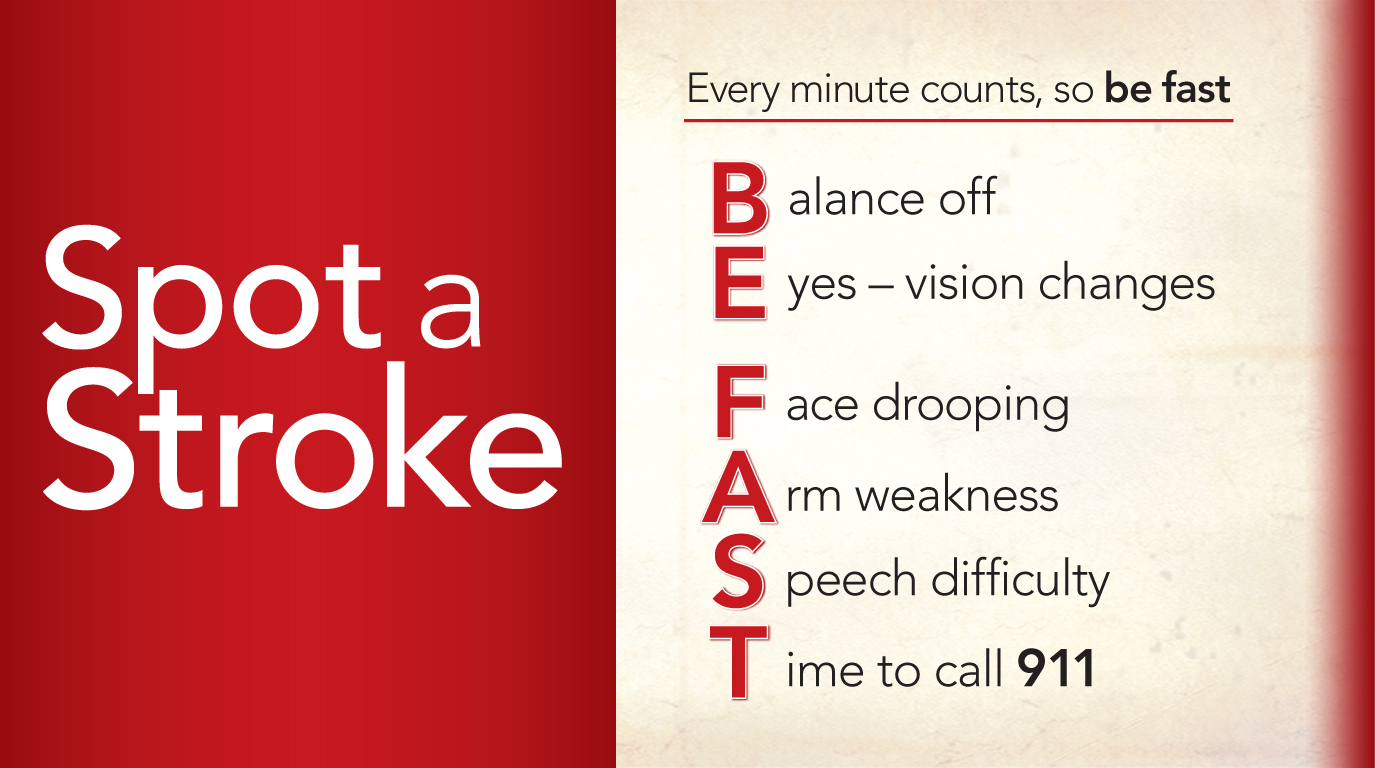Our approach is to satisfy the expectations of our patients and attract and retain leading physicians, nurses, and other healthcare professionals. San Juan Regional Medical Center is committed to integrating advanced medical technologies and to continually improve patient care while keeping safety at the forefront of all we do. Our core value of Sacred Trust calls everyone who works for San Juan Regional Medical Center to live, breathe, and create a culture of safety- safety for the patients we serve and safety for each other.

Early Intervention - It is essential for everyone in the community to recognize the risk factors and warning signs of stroke. If the warning signs of a stroke can be detected early, and the patient is seen at the hospital immediately, an intervention can happen rapidly, which will increase the chances of a full recovery; time is brain.
With the hospital’s advanced imaging, a stroke can be identified sooner than traditional CT scans could in the past. These advanced imaging techniques assist with early identification of a stroke, the size of the stroke, and the areas of the brain that are affected by the stroke.
Acute Stroke Management - When a patient arrives at the emergency room via ambulance or on their own, and is suspected to be having a stroke, a stroke alert is called, which notifies all of the appropriate departments within the hospital that a probable case has been identified. This identification prioritizes the patients’ emergent needs so that intervention can happen as soon as possible.
Stroke patients who are admitted to the hospital, likely stay in ICU or the Progressive Care Unit, where staff is specially trained; even beyond the requirements of the stroke certification, to care for them. Progressive Care Unit and ICU nurses are specifically educated to complete the National Institute of Health Stroke Scale (NIHSS), which evaluates the severity of a stroke.
An Improving Stroke Outcomes Committee (ISOC) reviews data including the door to interpretation times, which start from the onset of stroke symptoms to treatment. Treatment may include a lytic therapy for appropriate candidates (a blood thinning treatment to break a clot), if a clot is found to be the cause. The NIHSS score and the CT scan results determine if a patient is a candidate for a lytic therapy. From the onset of symptoms, our goal is to complete this process, and treat the patient within the recommended three and a half to four hours.
Stroke Facts
The word stroke comes from a Greek word meaning to be struck down, and that is pretty much what happens. Suddenly, you find yourself unable to walk, talk, or even smile as you did before. It is a medical emergency. As with any emergency, time is of the essence, but with early identification and timely treatment in the emergency room, the worst effects of most strokes can be avoided. If you or a family member is at risk of a stroke, you can prepare yourself to act rapidly by learning as much as you can about strokes and your risk of having one.
Stroke is the third leading cause of death in the United States, behind heart disease and cancer. But while the heart attack mortality rate has fallen considerably over the past few decades, stroke deaths have not declined nearly as much. This is probably because Americans are generally less knowledgeable about strokes, what causes them, risk factors, warning signs and possible consequences.
A stroke is basically a brain attack. It occurs, in most cases, because normal blood flow to the brain has been blocked because of diseased blood vessels and/or a blood clot. This is known as an ischemic stroke, accounting for about 80 to 90 percent of cases. A stroke can also be caused by an intracerebral hemorrhage, a sudden rupture of an artery inside the brain, or by a subarachnoid hemorrhage, the rupture of an artery in a location that leads to blood filling spaces surrounding the brain rather than inside it.